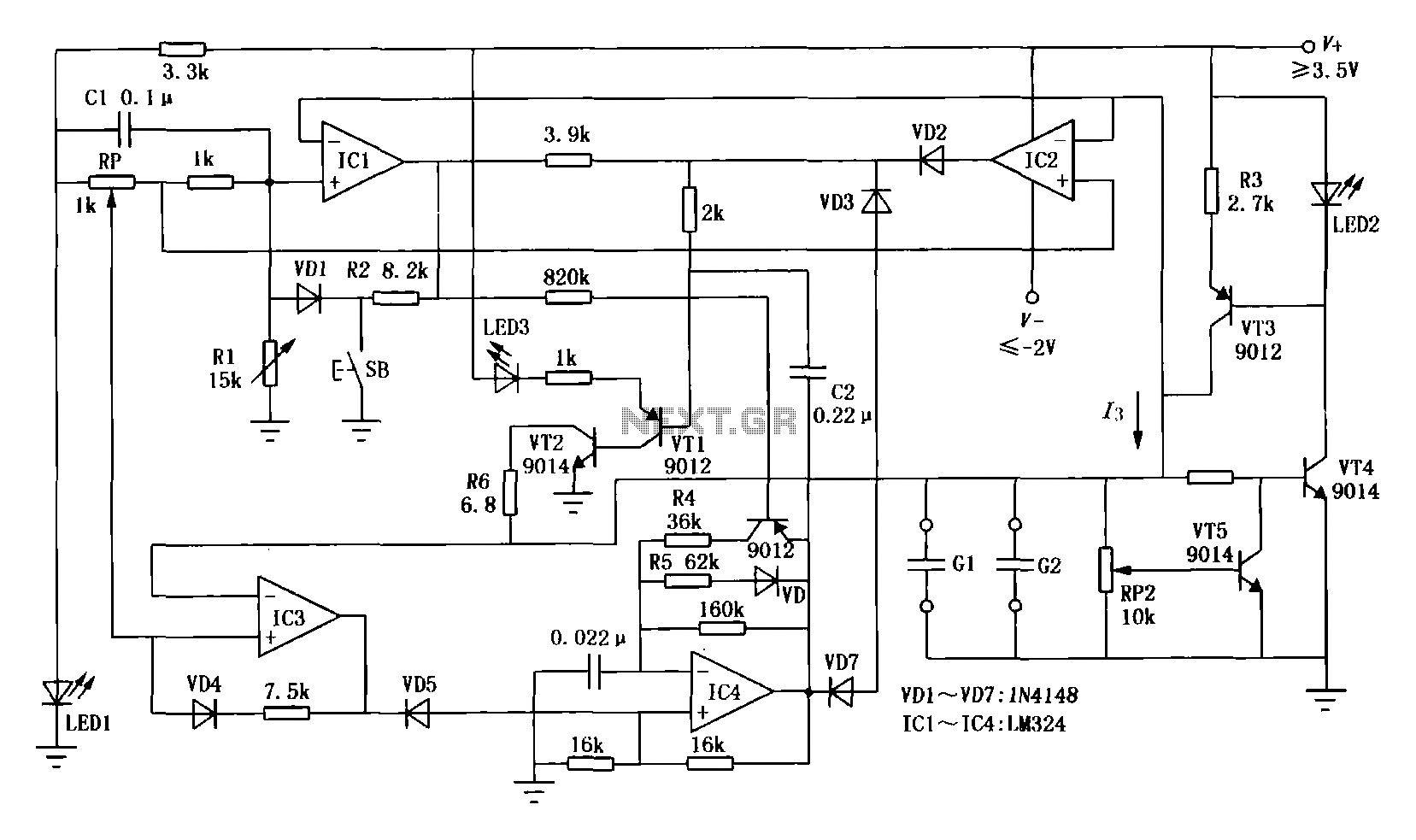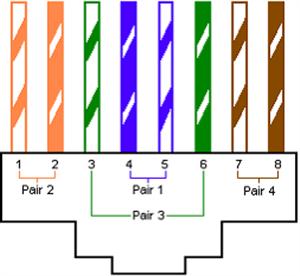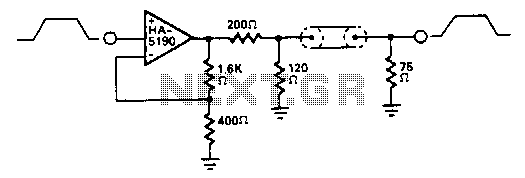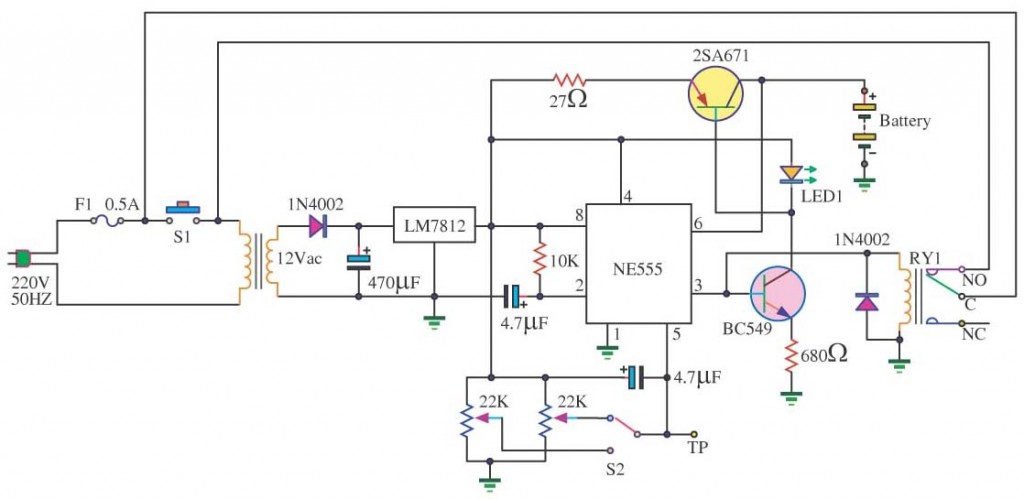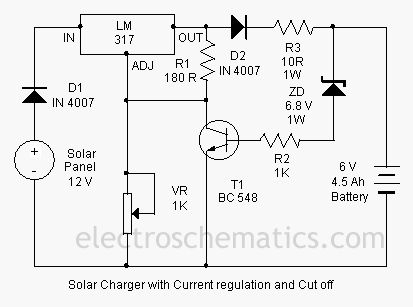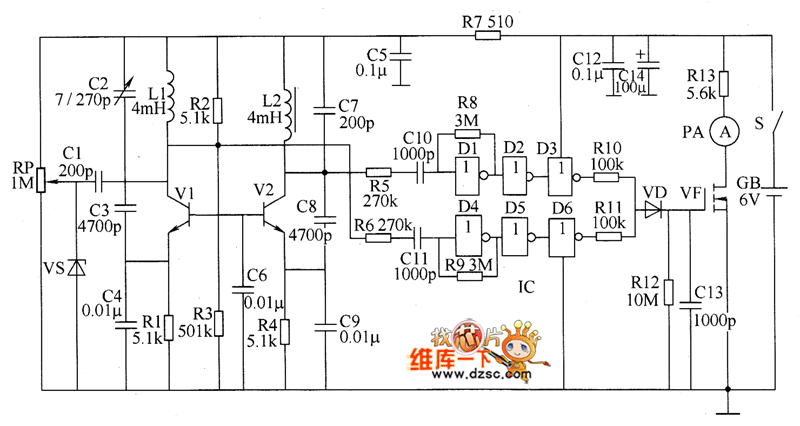
Intelligent pulse electric bicycle charger principle diagram
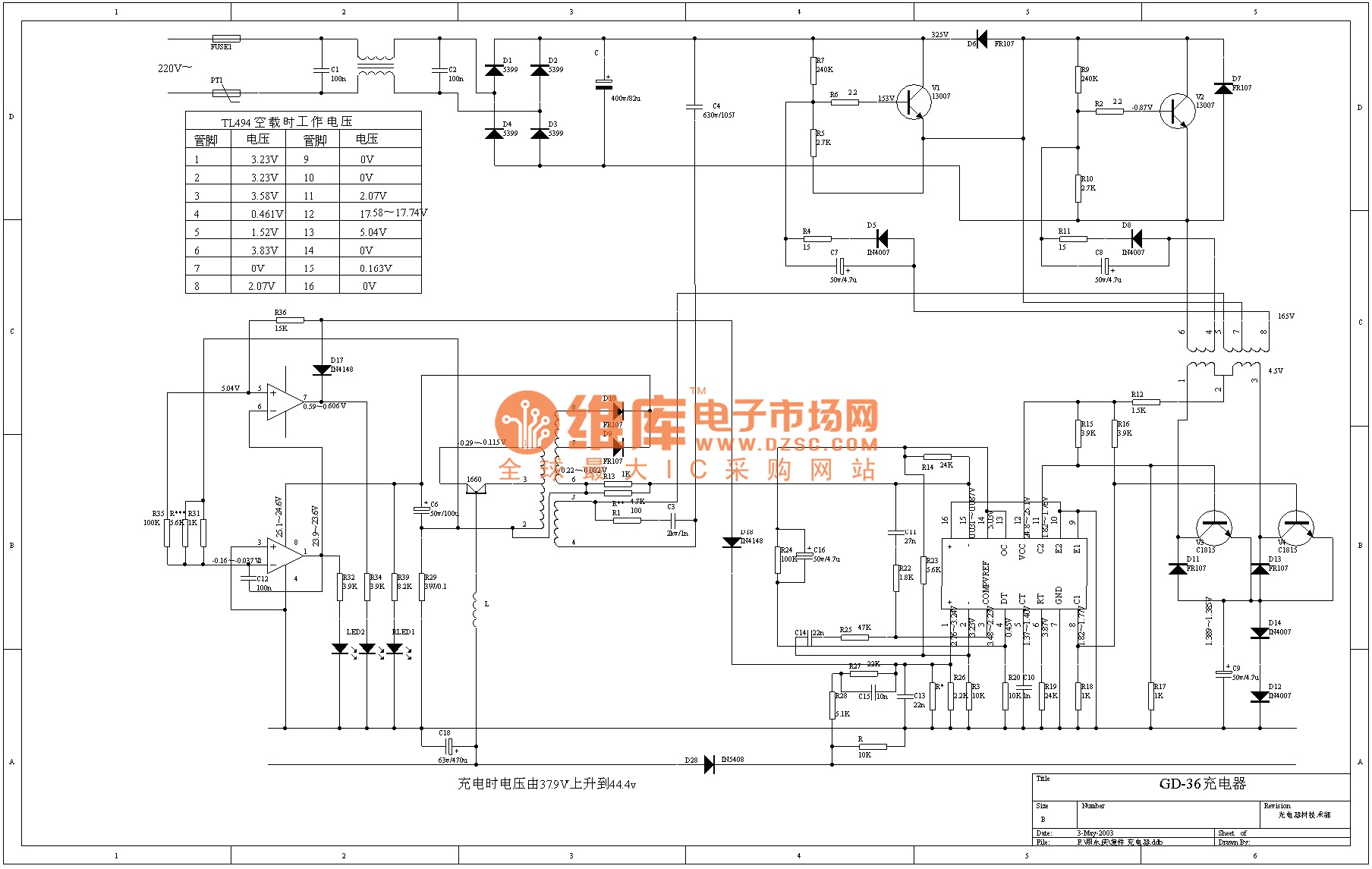
The TL494 is a voltage-driven pulse width modulator produced by the United States company IR. It serves as a switching power circuit in various applications, including displays, computers, and other system circuits. The output transistor of the TL494 can be configured in either common emitter or emitter follower mode. This flexibility allows for the selection of either a push-pull output or a single-ended output mode. In push-pull mode, the two driving pulses are 180 degrees out of phase, whereas in single-ended mode, the two driving pulses share the same frequency and phase. The internal function diagram of the TL494 includes inputs such as 1IN+, 1IN-, 2IN+, feedback, DTC (non-load control), CT (timing capacitor), RT (timing resistor), GND (ground), collector outputs C1 and C2, emitter outputs E1 and E2, Vcc (power supply), OUTPUT CTR (output control), and REF (reference).
The TL494 pulse width modulator is designed for efficient power management and regulation in various electronic applications. Its dual output capability allows for versatile configuration options, making it suitable for both linear and switching power supply designs. The common emitter configuration is typically employed when higher output power is required, while the emitter follower configuration is advantageous for applications needing lower output impedance.
In practical applications, the TL494 can be used to regulate voltage and current in power supplies, providing stable output despite variations in input voltage or load conditions. The feedback mechanism incorporated within the device allows for real-time adjustments to maintain the desired output characteristics. The timing capacitor (CT) and timing resistor (RT) are critical components that determine the frequency and duty cycle of the output waveform, thus allowing for precise control over the power delivered to the load.
The TL494 is commonly utilized in applications such as DC-DC converters, battery chargers, and motor control circuits, where efficient power conversion and regulation are essential. By leveraging its internal features, designers can implement robust and reliable power management solutions that meet the demands of modern electronic systems.Voltage driving type pulse width modulator 1. feature and function of TL494 TL494 is produced by the United States IR company. It is voltage driving type pulse width modulator, which can be used as switching power circuit in display, computer and other system circuit. The output triode of TL494 can connect to the mode of common emitter or emitterfollower . So it can choose the double-end push-pull or single-end output mode. When ituses push-pull output mode, the differ of two drive pulse is 180 °, but when it is single end mode, its two ways ofdrive pulse have the same frequency and same phase. The internal function diagram of TL494 is shown in the following diagram 1IN+, 1IN-, 2IN+, 1IN input; FEEDBACK feed-back; DTC non load control; CT timing capacitor; RT timing resistor; GND ground; C1, C2 collector 1, 2; E1, E2 emitter 1, 2; Vcc power supply; OUTPUT CTR output control; REF reference.
2, application circuit 🔗 External reference
The TL494 pulse width modulator is designed for efficient power management and regulation in various electronic applications. Its dual output capability allows for versatile configuration options, making it suitable for both linear and switching power supply designs. The common emitter configuration is typically employed when higher output power is required, while the emitter follower configuration is advantageous for applications needing lower output impedance.
In practical applications, the TL494 can be used to regulate voltage and current in power supplies, providing stable output despite variations in input voltage or load conditions. The feedback mechanism incorporated within the device allows for real-time adjustments to maintain the desired output characteristics. The timing capacitor (CT) and timing resistor (RT) are critical components that determine the frequency and duty cycle of the output waveform, thus allowing for precise control over the power delivered to the load.
The TL494 is commonly utilized in applications such as DC-DC converters, battery chargers, and motor control circuits, where efficient power conversion and regulation are essential. By leveraging its internal features, designers can implement robust and reliable power management solutions that meet the demands of modern electronic systems.Voltage driving type pulse width modulator 1. feature and function of TL494 TL494 is produced by the United States IR company. It is voltage driving type pulse width modulator, which can be used as switching power circuit in display, computer and other system circuit. The output triode of TL494 can connect to the mode of common emitter or emitterfollower . So it can choose the double-end push-pull or single-end output mode. When ituses push-pull output mode, the differ of two drive pulse is 180 °, but when it is single end mode, its two ways ofdrive pulse have the same frequency and same phase. The internal function diagram of TL494 is shown in the following diagram 1IN+, 1IN-, 2IN+, 1IN input; FEEDBACK feed-back; DTC non load control; CT timing capacitor; RT timing resistor; GND ground; C1, C2 collector 1, 2; E1, E2 emitter 1, 2; Vcc power supply; OUTPUT CTR output control; REF reference.
2, application circuit 🔗 External reference
Warning: include(partials/cookie-banner.php): Failed to open stream: Permission denied in /var/www/html/nextgr/view-circuit.php on line 713
Warning: include(): Failed opening 'partials/cookie-banner.php' for inclusion (include_path='.:/usr/share/php') in /var/www/html/nextgr/view-circuit.php on line 713
